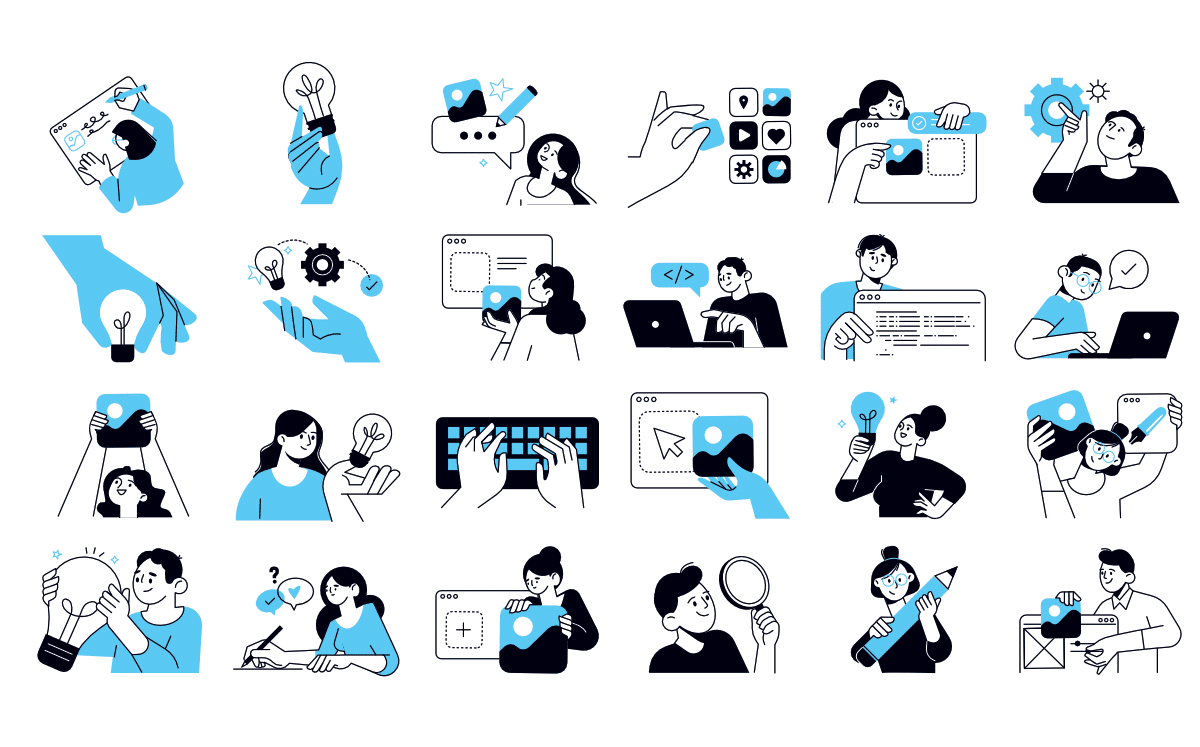It’s time to change the perception of in-house design teams

Reckitt’s global head of design and brand experience – health says that design can be undervalued in-house. Here’s how to unlock its full potential
Design often finds itself boxed into a service-oriented role. While this approach may check boxes in the short term, it drastically undervalues the potential that design, and specifically in-house design, can add to any business. So what can design leaders do to change this?
SHIFT THE THINKING FROM ‘WHAT WE DO’ TO ‘WHY WE DO IT’
Companies tend to treat their in-house teams like external suppliers. The trouble is, if your team are setup that way then you can’t really complain if that’s how they treat you. The relationship becomes more about transactional exchange, delivering on briefs rather than being focused on understanding critical business challenges and designing to not only overcome but to redefine the consumer experience.
Now, I’m not for one minute downplaying the incredible work that most internal agencies do on a regular basis, but the idea that a communication campaign alone can reverse a business’s fortunes is akin to putting a band-aid on a bullet wound. Sure, it might temporarily hide the problem, but it doesn’t address the underlying issues. Communication campaigns are, by their very nature, short-term strategies that promote a product or service for a specific moment in time. They’re not designed to answer the bigger, tougher questions.
If we want long-term success, we need design teams to be asking questions like: Are our products leading the market? Is our consumer experience the best it can be? Has our brand genuinely evolved over the last five years? Where do we envision ourselves in the next 15 to 20 years? How will the changing world impact our brand? This is what design should be used for.
Defining and creating a design organisational structure that can drive that change from ‘what’ to ‘why’ from the inside is key. They can facilitate the necessary dialogue and guide the strategic process to ensure that the business is prepared not just for the next quarterly report, but for the next decade and beyond.
DESIGN THINKING ADDS LASTING VALUE
Another crucial aspect is when and how we involve design in the business life cycle. If design is seen as a final garnish, added to make a product or service look good, then we’re missing the point. Design isn’t just about aesthetics; it’s about function, experience, emotion and value. It’s about envisioning what could be and bringing it to life.
Just as the world around us evolves, it becomes ever more important for businesses and their brands to have the next generation of products, digital experiences and sustainable business models at the heart of the consumer experience. Design thinking can 100% lead that.
Design thinking, a problem-solving approach that involves empathy, experimentation and iteration, can help us address critical questions. In-house design teams know the brands, the culture, the strengths and the weaknesses. Design can challenge assumptions, ideate, prototype and test solutions, whilst at the same time providing greater cost efficiencies and a higher quality return on investment.
According to the McKinsey report ‘The business value of design’, design-led companies have 32% more revenue and 56% higher total returns to shareholders compared with other companies. It a fundamental fact that design-centric businesses are more successful.
If we want design to have a real, lasting impact, design leaders need to ensure they are having the right conversations with the right people much earlier in the process. Design needs to be involved from the start, much more upstream.
When in-house design is brought upstream, it becomes a powerful force for change.
The first few years of my role at Reckitt were spent cultivating relationships and really getting deep into the understanding of our brands and their products. It took time and it wasn’t easy. But having those key conversations much earlier in the process allows you not only to help define the products but also ensure that the vision of the overall business is at the heart of what you create.
SO HOW CAN YOU TRANSFORM THE PERCEPTION OF DESIGN?
This is a question I’m often asked by peers. For this to happen, businesses need to foster a design-led culture. They need to value design not just as a craft, but as a critical business competency. They need to empower their in-house design teams, giving them the space, the tools and the mandate to explore and make a difference. But, in a world focused on immediate returns, it’s not easy.
So, what can you do to ensure your in-house design team becomes much more valued and ultimately the design team culture vastly improves?
- Build a team of different disciplines. Strategy, product, consumer experience, execution are all important building blocks to effective end-to-end design-led experiences.
- Move from a cost-saving team to a business-driven ideas team. You need to demonstrate your ability to understand the business.
- Don’t wait for briefs to come to you, write your own briefs.
- Cultivate and build relationships with key business leadership. Share trends, ideas, thoughts on relevant brands or categories, and before long they will come to you for ideas and thoughts
Lee Barnsley is global head of design and brand experience for the health category at Reckitt
